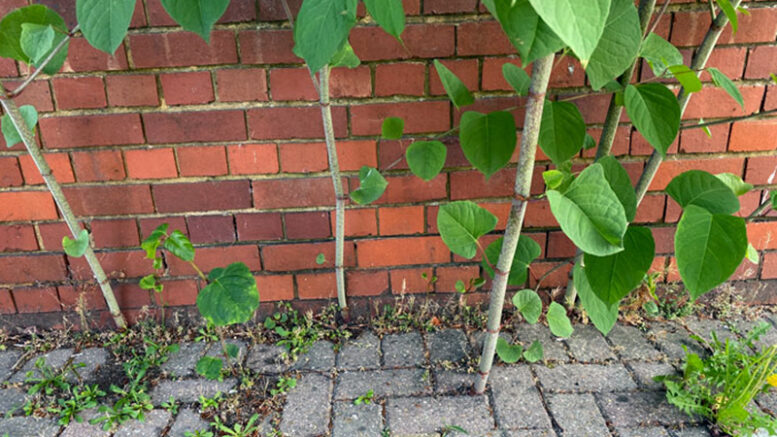When landlords or homeowners prepare to sell, they often focus on location, layout, and décor – but new research shows that surprising, often overlooked factors can shave off tens of thousands from your property’s value.
According to a recent analysis by estate agency Yopa, a range of factors – some within an owner’s control, others not – can knock as much as 20% off a home’s market price. With the average UK property now worth £268,319, that means some of these issues could cost vendors more than £50,000 at sale.
Disused pools and knotweed top the value-loss table
Top of the list is subsidence – a structural issue that can be devastating for both property and pocket. Yopa reports that subsidence typically wipes out 20% of a home’s value, translating to a staggering £53,664 loss.
But second place might surprise even seasoned landlords. An old or disused swimming pool can cost owners an average of 19.6% of their property’s value – or £52,591. Why? As Yopa explains, “The money that the new owner will have to spend filling in and covering the old pool, or at the very least modernising it,” makes it more of a liability than a luxury.
Japanese knotweed, the invasive plant dreaded by surveyors, takes third spot. The presence of knotweed can devalue a home by 15% – a potential £40,248 loss. Given its difficulty to eradicate and the risks to foundations, it’s no wonder buyers are hesitant.
Location-based issues landlords can’t control
Yopa’s study also highlights how external or environmental features can impact a sale. Properties near pylons, powerlines, or wind turbines are typically discounted by 14%, or £37,565, purely due to buyer perception and visual impact. Living in a flood zone will bring a 13.6% drop in value.
Other reductions come from less obvious but equally influential factors. If neighbouring homes are run down or poorly maintained, sellers can expect an 11% devaluation. Similarly, ‘bad neighbours’ – those known to cause disturbances – can lower a home’s price by 10%, or £26,832.
Even limited parking options can cut the asking price by nearly 7%, and having an ‘unlucky’ house number, like 13, could knock off another 6%.
Appearance and upkeep still matter
While structural issues and geography might be outside a landlord’s control, presentation still plays a vital role in maximising returns. Untidy gardens, overgrown hedges, or cluttered rooms can lose a seller 8.2% of their property’s worth – about £22,002. Yopa’s National Franchise Director, Steve Anderson, advises:
“While some of the money-losing issues we’ve discovered can be remedied before you place the house on the market – some easily such as general untidiness and poor upkeep, others with more difficulty such as subsidence and knotweed – the rest are largely out of your control.”
He adds: “If any of these things apply to your home, it’s vital that you do everything you can to present it in the best light possible and hope that buyers fall in love with it so much that they’re willing to overlook any wider issues.”
What landlords should take away
For landlords, particularly those looking to sell or refinance, this report is a reminder that tenant behaviour, maintenance choices, and even local infrastructure can affect portfolio values in unexpected ways. While some issues are unavoidable, others – like external presentation or garden condition – are well within a landlord’s influence.
For investors, especially those eyeing value-add opportunities, it’s worth asking: could that “bargain” property be hiding value-draining surprises? Conversely, is your portfolio exposed to value risk simply because of overlooked upkeep?







